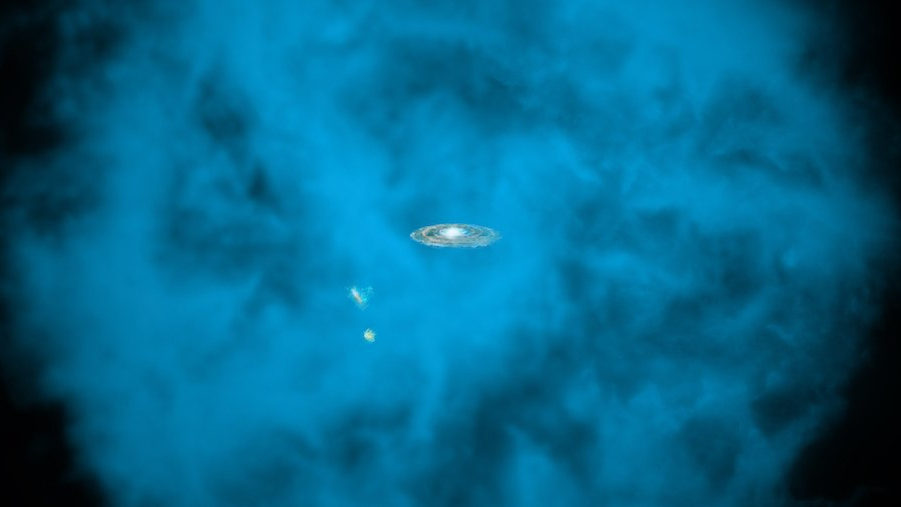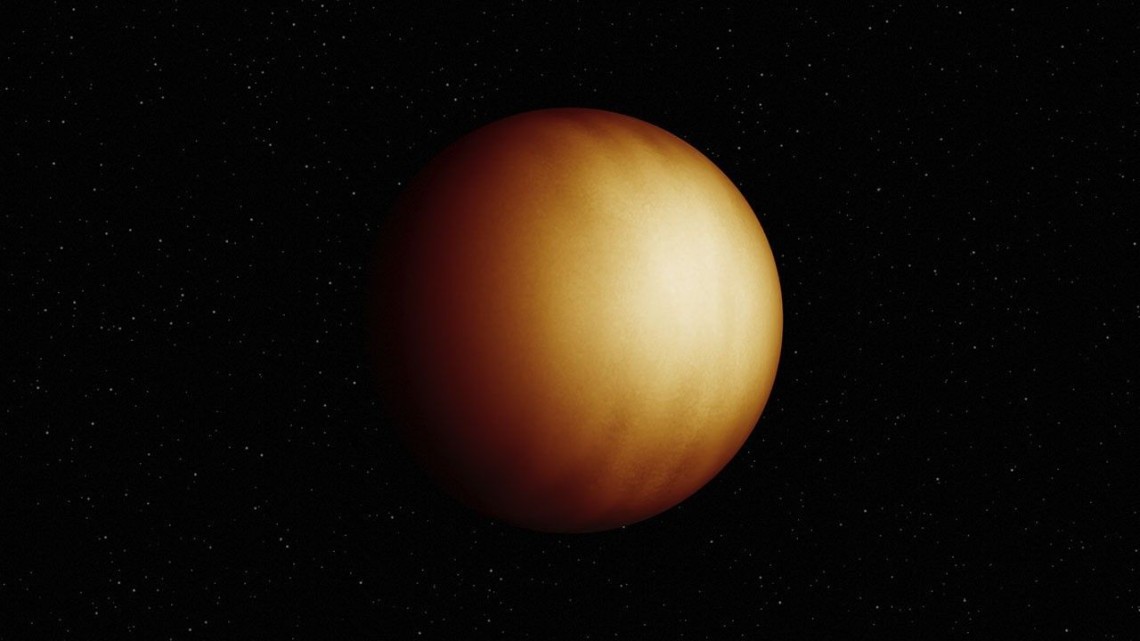
Briley Lewis
Briley Lewis (she/her) is a freelance science writer and Ph.D. Candidate/NSF Fellow at the University of California, Los Angeles studying Astronomy & Astrophysics. Follow her on Twitter @briles_34 or visit her website www.briley-lewis.com.
Latest articles by Briley Lewis
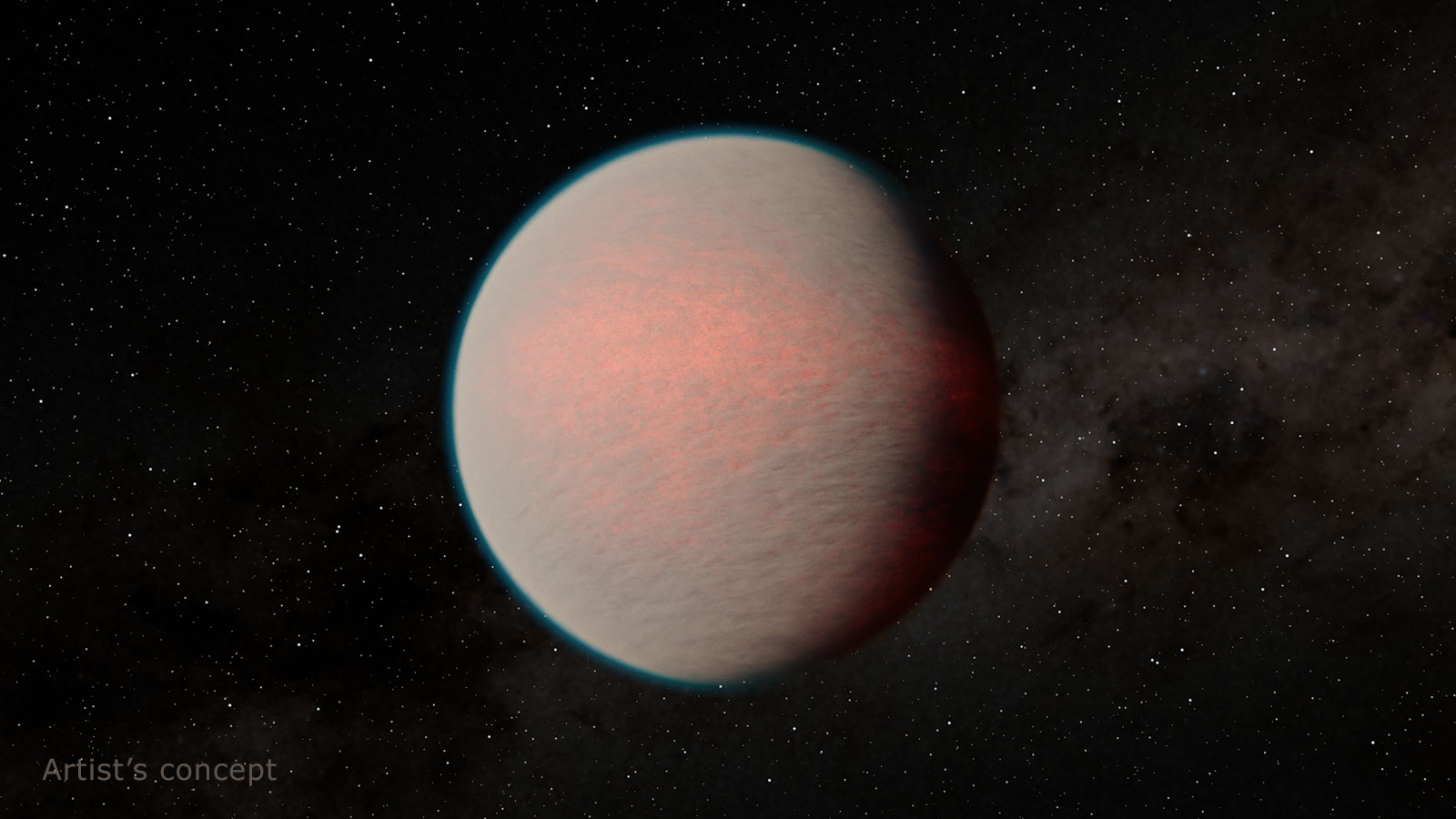
James Webb telescope discovers ancient 'water world' in nearby star system
By Briley Lewis published
The James Webb Space Telescope took its first close look at a "mini-Neptune" — the most common type of planet beyond our solar system — and found signs of water.

Scientists discover closest star-shredding black hole to Earth ever seen
By Briley Lewis published
Astronomers comparing maps of the universe uncovered the nearest example of a black hole devouring a star ever detected.
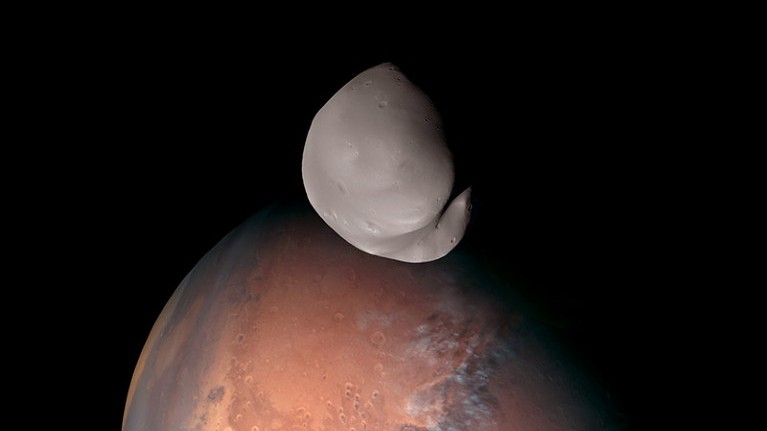
1st-ever close-up photo of Mars' moon Deimos reveals the Red Planet's violent past
By Briley Lewis published
A satellite from the United Arab Emirates revealed that Mars' moon Deimos is made of the same material as the Red Planet itself, hinting at an ancient collision.
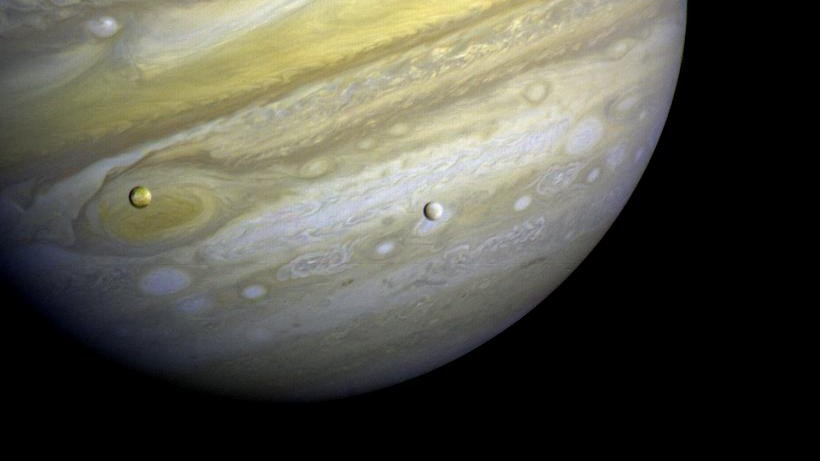
How to watch Europe launch its alien-hunting JUICE satellite live on Thursday
By Briley Lewis published
The European Space Agency is sending a probe called JUICE to Jupiter's moons — and we've got all the info you need to watch the launch.
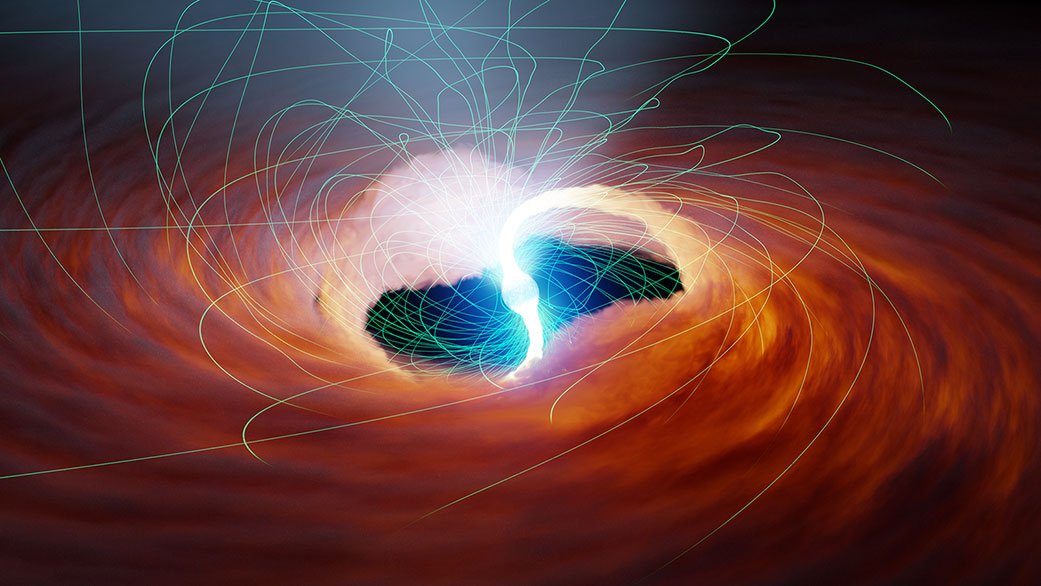
Bizarre object 10 million times brighter than the sun defies physics, NASA says
By Briley Lewis published
A bizarre 'ultraluminous X-ray source' shines millions of times brighter than the sun, breaking a physical law called the Eddington limit, a new study finds.
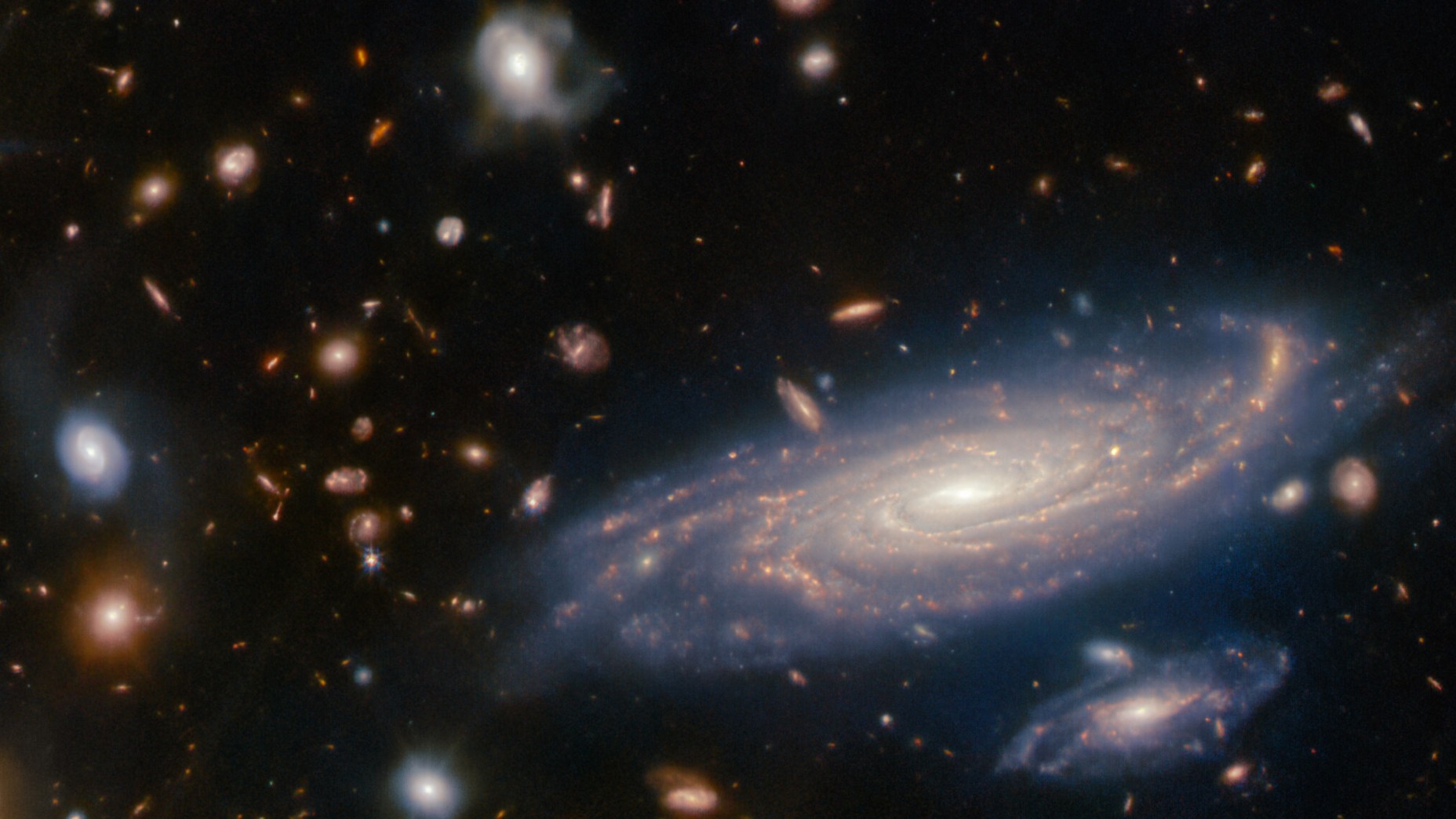
James Webb telescope discovers the 4 oldest galaxies in the universe, born just 300 million years after the Big Bang
By Briley Lewis published
Astronomers using the James Webb Space Telescope have detected the four oldest galaxies in the known universe, which are forming stars much faster than thought possible.
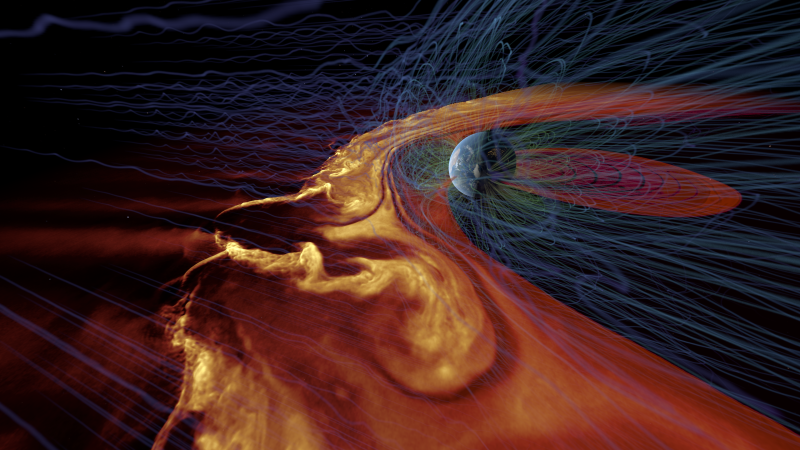
Strange radio signals detected from Earth-like planet could be a magnetic field necessary for life
By Briley Lewis published
Earth's magnetic field protects life on our blue planet — and astronomers just found evidence of a magnetic field on a rocky exoplanet 12 light-years away.
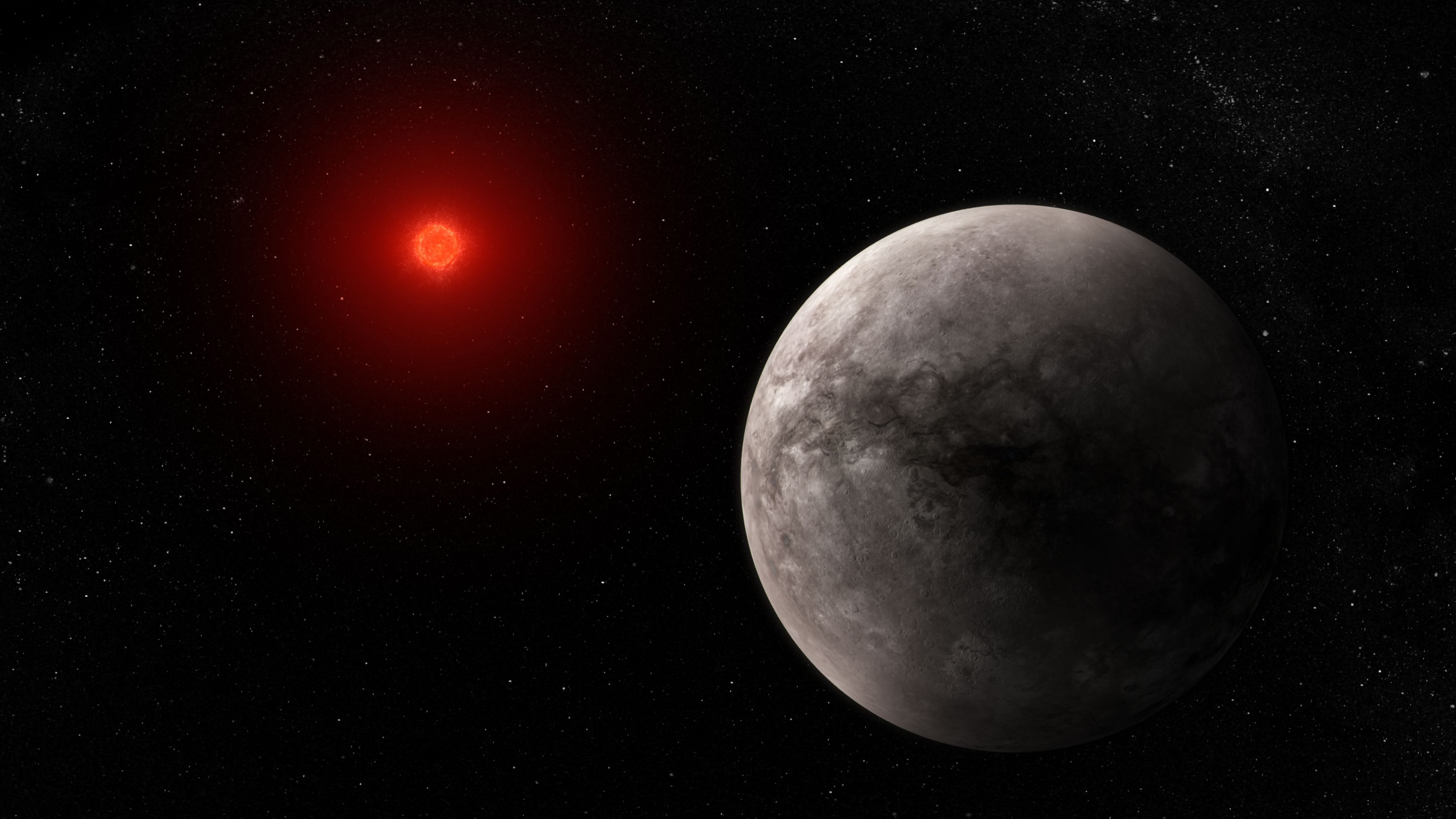
James Webb telescope detects light from a small, Earth-like planet — and finds it's missing its atmosphere
By Briley Lewis published
NASA's James Webb Space Telescope measured the temperature of the Earth-like planet TRAPPIST-1b and found that it is too hot for humans and likely has no atmosphere.
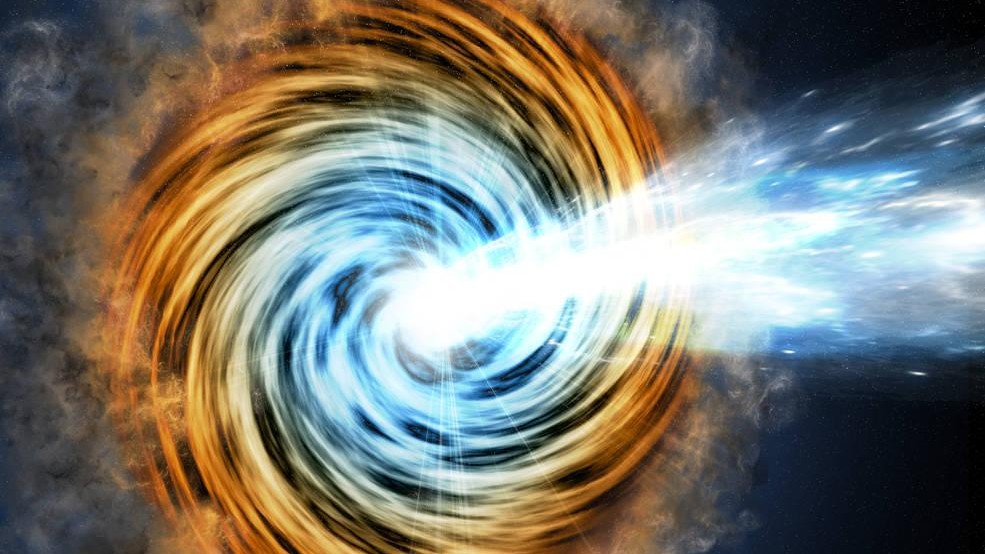
Object mistaken as a galaxy is actually a black hole pointed directly at Earth
By Briley Lewis published
An object once thought to be a radio galaxy is actually an active black hole that changed angles to point directly at Earth, new research suggests.
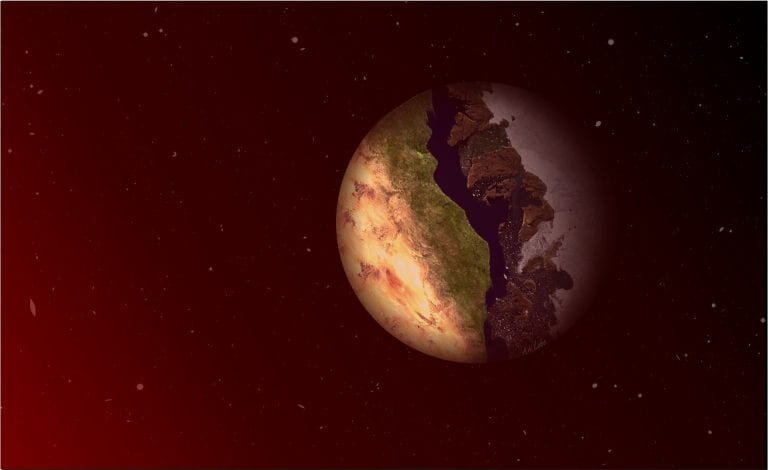
Aliens could be hiding in 'terminator zones' on planets with eternal night
By Briley Lewis published
Alien life could thrive in terminator zones, the edges between the light and dark sides of planets that are tidally locked with their host stars.

'Unstable' moons may be obliterating alien life across the universe
By Briley Lewis published
Simulations show that collisions between moons and planets may be a regular danger for possible extraterrestrial life.
Get the world’s most fascinating discoveries delivered straight to your inbox.

